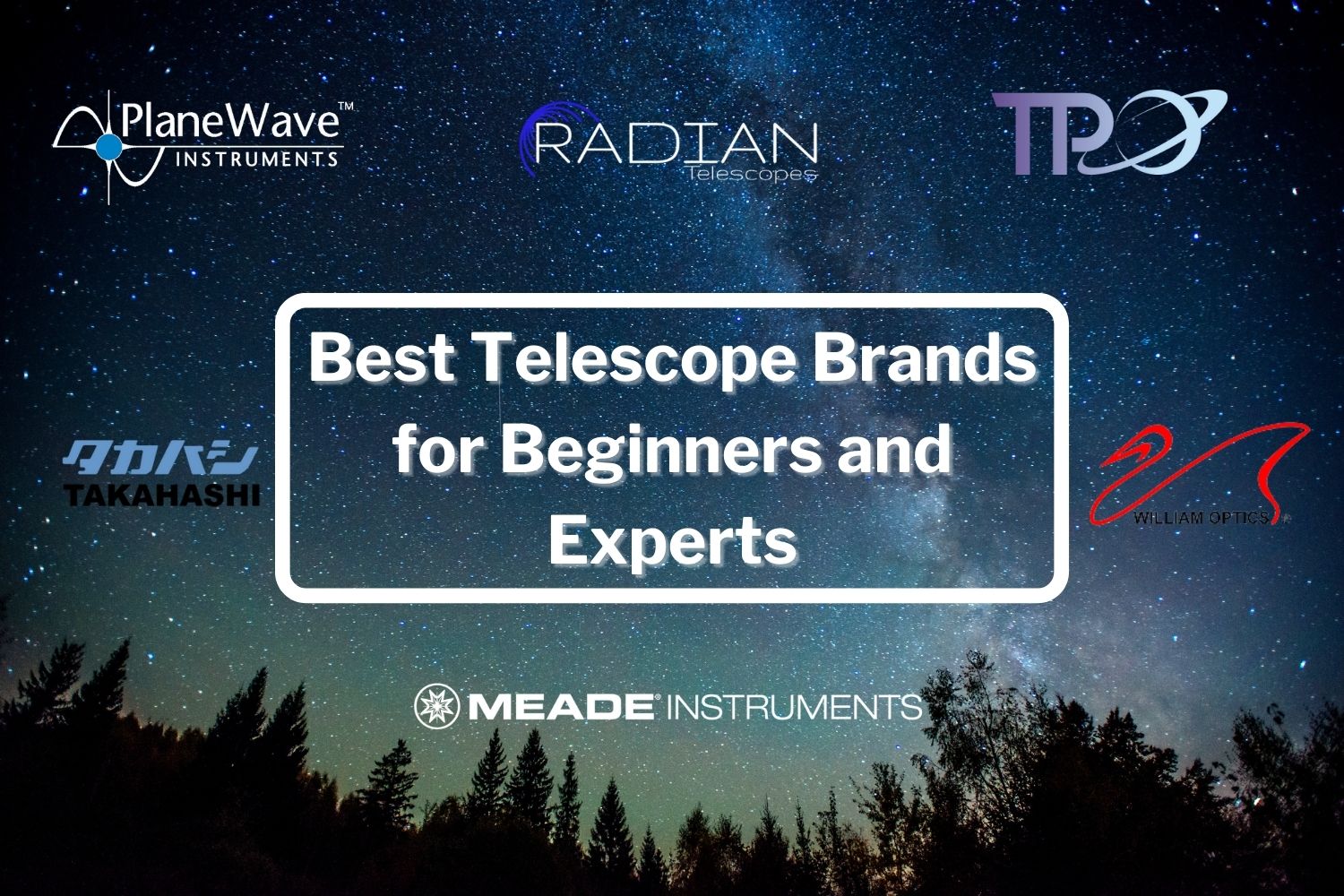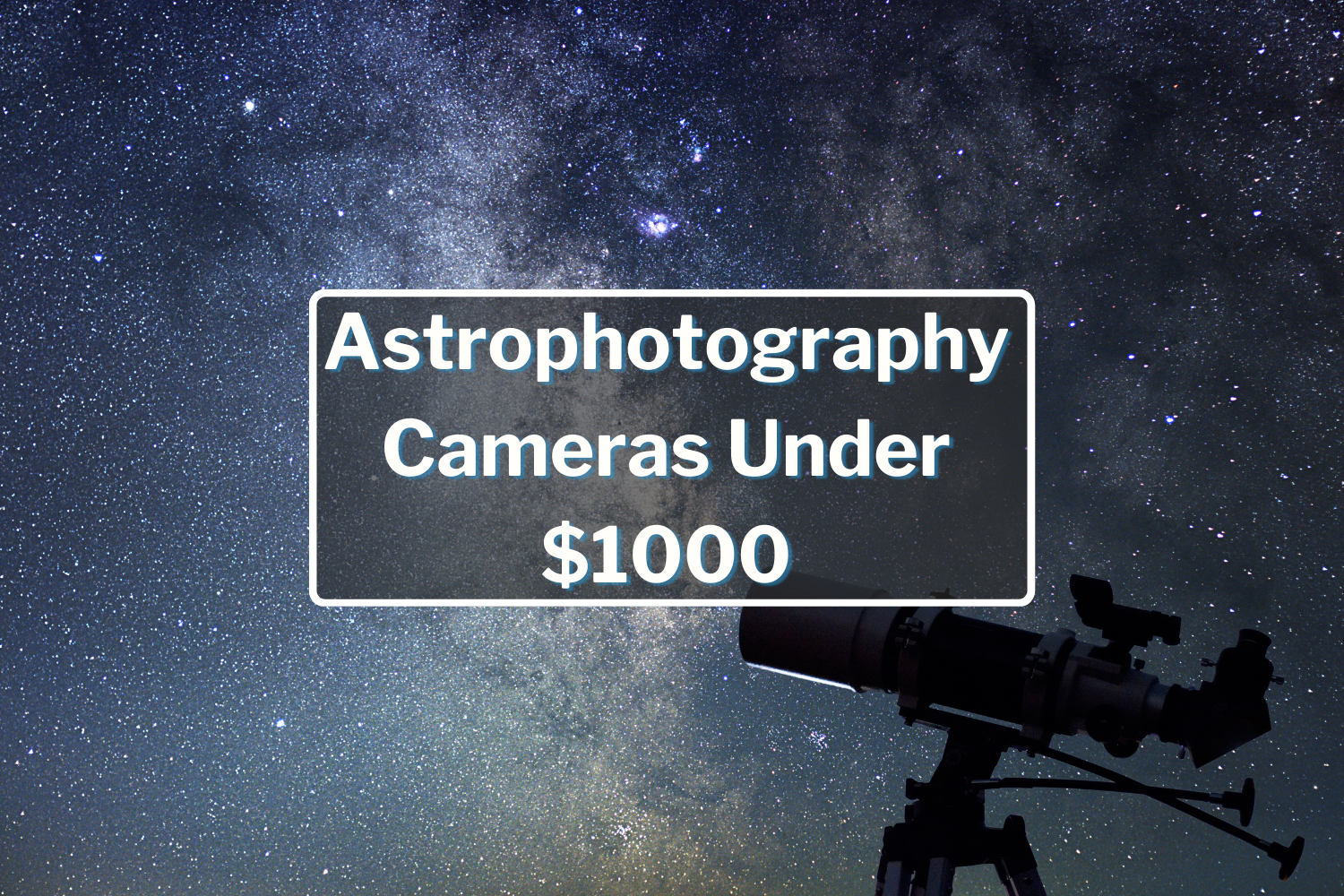Space Telescopes and You

Telescopes in amateur astronomy have much in common with space telescopes. This isn’t surprising, since there are only so many different ways one can focus light from distant objects, but it is very interesting to compare the space telescopes orbiting over our heads with the ones we set up in our backyards.
The design of a given space telescope is driven primarily by the science cases under study. Before a space telescope is built, launched and put into orbit, astronomers have to decide first what they want to do with it.
Hubble Space Telescope Is a Plain Ol’ Cassegrain (almost)
The Hubble Space Telescope is actually a derivative of the Cassegrain. A Cassegrain telescope has a parabolic primary mirror (just like in a Newtonian telescope) and a hyperbolic secondary.

In a lot of cases with amateur telescopes, the secondary is mounted on a piece of glass to prevent diffraction spikes (but not always). The Hubble Space Telescope does not have anything at the end of its optical tube except a dust cover that was only closed when the telescope was launched and deployed and not touched since.
For those wondering, a Schmidt-Cassegrain has a corrector plate that allows for spherical surfaces on the mirrors (easier and cheaper to manufacture at scale, e.g., a C8).
But Hubble isn’t really a true Cassegrain, it’s a variant design called a Ritchie-Crétien, or RC.

As with all Cassegrain-based designs, they have relatively short optical tubes but the RC telescopes add an improvement in off-axis performance: the images at the edge of the field of view are much better than a Cassegrain or Schmidt-Cassegrain.
Hubble’s focal length, even with the folded RC design, is a whopping f/24 (that’s 57,600 mm or 2267 inches!) giving it a miniscule FOV of 164x164 arcseconds for the main onboard camera (WFC3).

Fun fact: since its deployment over 30 years ago, the Hubble Space Telescope optical tube assembly has shrunk my 150 microns, due presumably to to desorption of moisture out of the truss.

Kepler Space Telescope Was a Schmidt Camera
The Kepler Space Telescope mission is long over but the telescope is still up there in an orbit that follows the Earth around the Sun. It was designed to stare at only one spot in the sky: near the Constellation Cygnus and look for tiny dips in brightness as planets move between the telescope and over 160,000 stars.
Unlike the Hubble Space Telescope, the Kepler Space Telescope needed a wider field of view. The area of sky covered by Cygnus is huge so Kepler was designed to look at 115 square degrees.

This mission lent itself very nicely to a Schmidt camera design. These cameras have been used since the 1930’s and are ideal for wide-field, long exposure imaging. Kepler was the first Schmidt telescope to be launched into orbit and performed amazingly, well past its 5 year mission length, and lasted almost 10 years.

Spitzer Space Telescope Was a Ritchey-Chrétien
Before the Webb Space Telescope, the best game in town for looking at thermal views of the universe was the Spitzer Space Telescope. Much like Hubble, Spitzer was a Ritchey-Chrétien catadioptric telescope. Catadioptric is a fancy word that means it uses both reflective and refractive elements in its design.

Like Hubble, the Spitzer Space Telescope needed high resolution views, the main differences were in optics: Spitzer only had a 0.85m objective (compared to Hubble’s 2.4m) and it had a long focal length like Hubble (10.2m, 400 in) and a tiny field of view.

The Spitzer Space Telescope was another mission that lasted well past its designed mission length of five years; it lasted a whopping 16 and a half years and still trails Earth in its orbit today (although it is spiraling away).
James Webb Space Telescope is a fancy FLIR Infrared Imager
The James Webb Space Telescope has no real amateur astronomy counterparts. This massive telescope most closely resembles the enormous Keck Telescope on Mauna Kea with its 18 hexagonal segments.
What many amateur astronomers can relate to however, is the Forward Looking Infra-red (FLIR) camera. The Webb Space Telescope has a 6.5m primary that can do a lot of complicated things, but its main job is to look at the universe in infrared light. Why the IR? That’s where the interesting things to look at are in the early universe, one of the main things Webb was built to look at. The James Webb Space Telescope will directly examine the first stars and the first galaxies to ever shine in the heavens. Those objects existed 13.7 billion years ago and by the time their light reaches us, those ultraviolet photons will have red-shifted well into the infrared part of the spectrum.

What’s Different Between Space Telescopes and Amateur Astronomy Telescopes?
The main thing that’s different is that Space Telescopes are, well, in space. Astronomers go through all this trouble and expense of putting an RC, or Schmidt camera, or Cassegrain into space to see things that can’t be observed from the ground.
Earth’s Atmosphere Gets in the Way
The air above our heads, that glorious stuff keeps us alive and protects us from space and radiation also stops a lot of really interesting wavelengths of light from getting to us. Putting these telescopes in space gives astronomers direct access to that light.
On a clear day you could be convinced that the air in our sky is perfectly transparent. Unfortunately for scientists with powerful telescopes, the atmosphere is anything but clear. Water vapor in the form of clouds and light pollution block and obscure light at many wavelengths. Atmospheric turbulence introduces a waviness to images, similar to how you can see the air shimmer and move above hot pavement in the distance.
Aperture
Other than their location in space, aperture size is all that really differentiates space telescopes from the ones we use in our backyards. Huge apertures are needed to resolve distant, faint stars and galaxies. Modern ground-based telescopes have even larger apertures than space telescopes, but they don’t have the wavelength access since they are inside Earth’s atmosphere.
Filters/Cameras
The cameras and filters onboard space telescopes are also something you probably won’t find on an amateur telescope rig. Cutting-edge detectors and materials are used, both in filters and CCD chip design that are highly specialized and not easily mass produced.
Even so, space telescopes are very similar to our own in many respects, they are based on tried and true designs, each capable of achieving specific ends. Filters, cameras, mounts and drive systems available to amateurs today are the best they have ever been and are performing at levels that used to be available only to professionals. The gap between what’s in orbit and what’s in your backyard has never been slimmer.
By adding filters to see specific wavelengths of light; selecting quality and sturdy mounts and drive systems to locate and track objects; using cameras with pixel scales matched to our optical system; and locating our equipment under the darkest, most stable of skies, we can approach the performance of telescopes in orbit. Indeed, the number of amateur astronomers using backyard telescopes achieving results similar to those of professionals using telescopes in orbit is growing every year.











